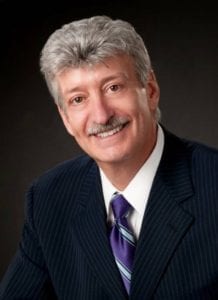By Daniel Dunaief
This is part one of a two-part series featuring Cold Spring Harbor Laboratory alums Joanna Wysocka, Robert Tjian, Victoria Bautch, Rasika Harshey and Eileen White. Part two will be in the issue of Aug. 25.
Often working seven days a week as they build their careers, scientists plan, conduct and interpret experiments that don’t always work or provide clear cut results.
Driven by their passion for discovery, they tap into a reservoir of ambition and persistence, eager for that moment when they might find something no one else has discovered, adding information that may lead to a new technology, that could possibly save lives, or that leads to a basic understanding of how or why something works.
Nestled between the shoreline of an inner harbor along the Long Island Sound and deciduous trees that celebrate the passage of seasons with technicolor fall foliage, Cold Spring Harbor Laboratory has been a career-defining training ground for future award-winning scientists.
Five alumni of Cold Spring Harbor Laboratory recently shared their thoughts, experiences, and reflections on the private lab that was founded in 1890.
While they shared their enthusiasm, positive experiences and amusing anecdotes, they are not, to borrow from scientific terminology, a statistically significant sample size. They are also a self-selecting group who responded to email requests for interviews. Still, despite their excitement about an important time in their lives and their glowing description of the opportunities they had to hone their craft, they acknowledged that this shining lab on the Sound may not be paradise for everyone.
Cold Spring Harbor Laboratory is considerably smaller than some of the research universities around the country. Additionally, scientists with a thin skin — read on for more about this — may find their peers’ readiness to offer a range of feedback challenging. Still, the lab can and has been a launching pad.
A suitcase and a dream
Joanna Wysocka’s story mirrors that of other immigrants who came to the United States from their home countries. Wysocka arrived from Poland in 1998 with one suitcase that included mementos from her family, a Polish edition of her favorite book, One Hundred Years of Solitude, and a dream of developing her scientific career.
She was also chasing something else: her boyfriend Tomek Swigut, who had come to Cold Spring Harbor Laboratory. “I was fresh off the boat without any fancy resume or anything,” Wysocka recalls. “They really took a chance on me.”
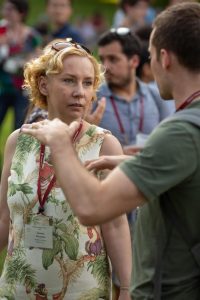
While she learned how to conduct scientific experiments, she also recognized early on that she was a part of something bigger than herself. Early on, she found that people didn’t hold back in their thoughts on her work. “You always got critical feedback,” she said. “People felt very comfortable picking apart each other’s data.”
The positive and negative feedback were all a part of doing the best science, she explained.
Wysocka felt the inspiration and exhilaration that comes from a novel discovery several times during her five-year PhD program.
“It’s 11 p.m. in the evening, you’re in the dark room, developing a film, you get this result and you realize you’re a person who knows a little secret that nobody else in the world knows just yet,” she recalled. “That is really wonderful.”
For special occasions, the lab celebrated such moments with margaritas. Winship Herr, her advisor, made particularly strongest ones.
In one of her biggest projects, Wysocka was working with a viral host cell factor, or HCF. This factor is critical for transcription for the Herpes simplex virus. What wasn’t clear, however, was what the factor was doing. She discovered that this factor worked with proteins including chromatin modifiers. “From this moment, it set me up for a lifetime passion of working on gene regulation and chromatin,” she said.
As for the scientific process, Wysocka said Herr offered her critical lessons about science. When she started, Herr expected two things: that she’d work hard and that she’d learn from her mistakes. During the course of her work, she also realized that any work she did that depended on the result of earlier experiments required her own validation, no matter who did the work or where it was published. “You need to repeat the results in your own hands, before you move on,” she explained.
Despite the distance from the lab to New York City and the smaller size of the lab compared with large universities, Wysocka never felt isolated. “Because of all the conferences and courses, the saying goes that ‘if you want to meet somebody in science, go to a Cold Spring Harbor bar and sit and wait.’” That, however, is not something she took literally, as she put considerable hours into her research. While she wishes she had this incredible foresight about choosing Cold Spring Harbor Laboratory, she acknowledges that she was following in Swigut’s footsteps.
The choice of CSHL worked out well for her, as her research has won numerous awards, including the Vilcek Prize for Creative Promise in Biomedical Science, which recognizes immigrant scientists who have made a contribution to U.S. society. She now works as Professor at Stanford University and is married to Swigut.
Swinging for the fences
In 1976, Robert Tjian had several choices for the next step in his developing scientific career after he completed his PhD at Harvard University. James Watson, who had shared the Nobel Prize in 1962 for the double helix molecular structure of DNA with Francis Crick and Maurice Wilkins and was director at Cold Spring Harbor Laboratory, convinced him to conduct his postdoctoral research at CSHL.

The contact with Watson didn’t end with his recruitment. Tjian, who most people know as “Tij,” talked about science on almost a daily basis with Watson, which he considered an ‘incredible privilege.”
Although he only worked at CSHL for two years, Tjian suggested the experience had a profound impact on a career that has spanned six decades.
Learning about gene discovery was the main driver of his time at CSHL. An important discovery during his work at CSHL was to “purify a protein that binds to the origin of replication of a tumor virus, which was what [Watson] wanted me to do when he recruited me,” he said. That launched his career in a “positive way.”
Tjian feels fortunate that things worked out and suggested that it’s rare for postdoctoral students to achieve a transformative career experiment in such a short period of time either back then or now. He attributes that to a combination of “being in the right place at the right time,” luck and hard work.
At Berkeley, where he is Professor of Biochemistry, Biophysics and Structural Biology and has been running a lab since 1979, he has observed that the most successful researchers are the ones who are “swinging for the fences. If you don’t swing for the fences and get lucky, you sure as hell aren’t going to hit a home run.”
Tjian learned how to run a lab from his experience at CSHL. He selects for risk takers who are independent and feels the only way to motivate people is to ensure that the work they are pursuing involves questions they want to solve.
One of the most important and hardest lessons he learned during his research career was to “fail quickly and move on.” He tells his student that about 85 percent of their experiments are going to fail, so “get used to it and learn from it.”
Despite his short and effective stay at CSHL, Tjian suggested he made “more than his fair share” of mistakes. Terri Grodzicker, who is currently Dean of Academic Affairs at CSHL, taught Tjian to do cell culture, which he had never done before. He contaminated nearly all the cultures for about a month.
While Tjian described the lab as a “competitive place,” he felt like his colleagues “helped each other.”
When he wasn’t conducting his experiments or contaminating cultures, he spent time on the tennis court, playing regularly with Watson. Watson wasn’t “exactly the most coordinated athlete in the world,” although Tjian respected his “remarkably good, natural forehand.” He was also one of the few people who was able to use the lab boat, which he used to fish for striped bass and bluefish early in the morning. “I would try to drag all kinds of people out there,” he said.
While his CSHL experience was “the best thing” for him, Tjian explained that the lab might not be the ideal fit for everyone, in part because it’s considerably smaller than larger universities. At Berkeley, he has 40 to 55 PhD students in molecular biology and he can interact with 40,000 undergraduates, which is a “very different scale.”
Tjian has returned many times to CSHL and is planning to visit the lab at the end of August for a meeting he’s organizing on single molecule microscopy.
Each time he comes back, he “always felt like I was coming home,” he said.

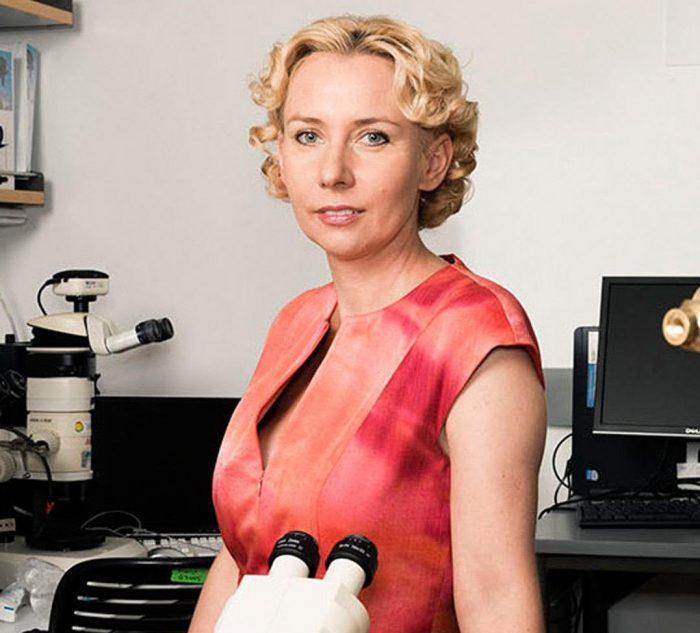
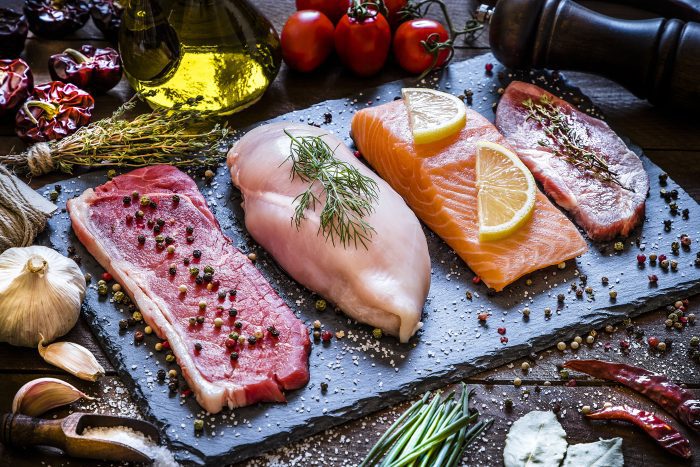
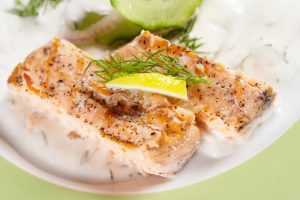





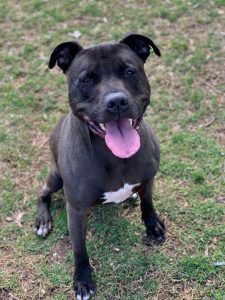 Shelter Pet of the Week
Shelter Pet of the Week




